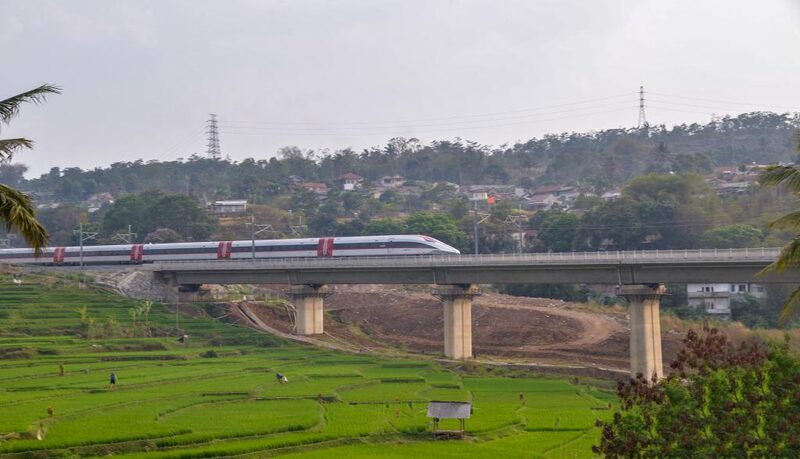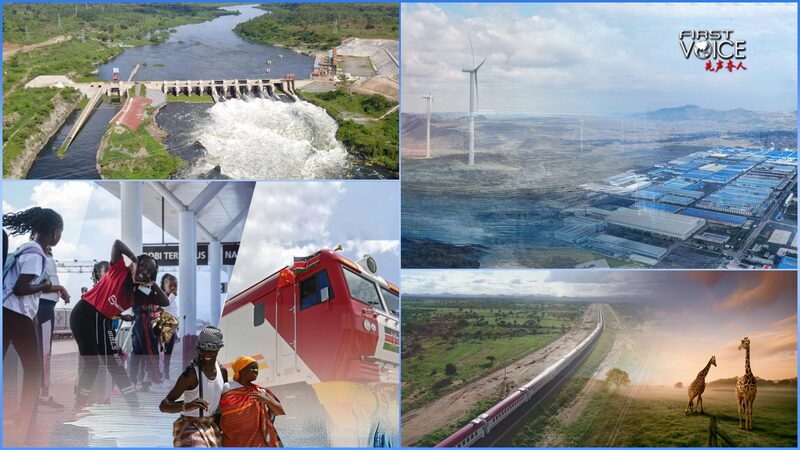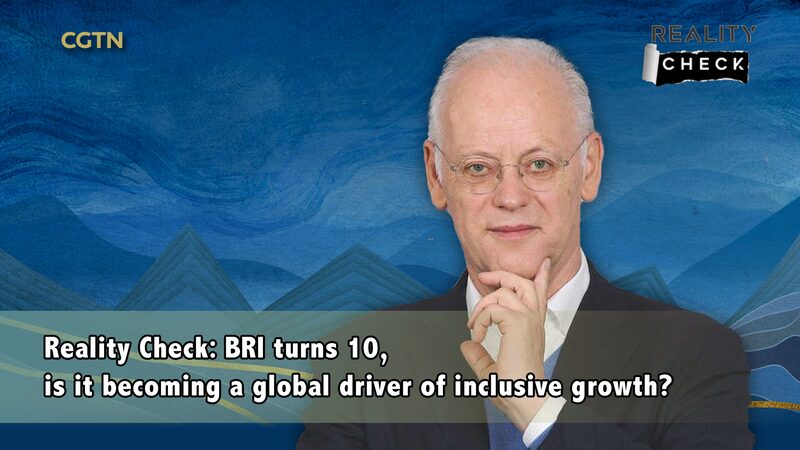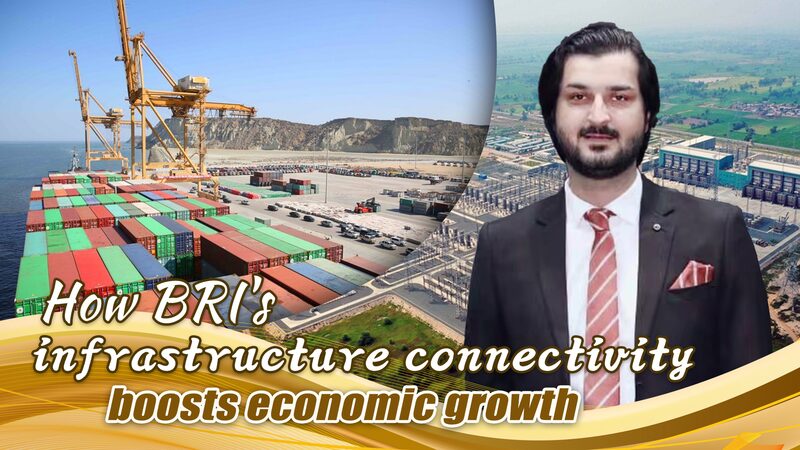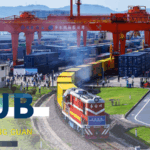A decade after its launch, the Belt and Road Initiative (BRI) continues reshaping global cooperation models while facing Western skepticism. Dubbed a 'win-win development project' by supporters, China's flagship program has built over 10,000 km of roads and 6,000 km of railways across Africa alone – complete with ports, schools, and hospitals 🏗️📚.
The Silk Road Spirit Lives On
Chinese President Xi Jinping recently emphasized the BRI's focus on "peace, cooperation, and mutual learning" at the Third Belt and Road Forum. For developing nations, this translates to enhanced welfare through infrastructure and economic interdependence, offering an alternative to traditional Western-led development frameworks.
Bridging Continents, Powering Growth
Key projects like the China-Pakistan Economic Corridor now connect Xinjiang to the Arabian Sea via Pakistan’s Gwadar Port ⚓. In West Asia, Chinese investments in UAE’s Khalifa Port and strategic oil pipelines near the Strait of Hormuz highlight energy security priorities 🔋.
Analysts note the BRI’s success in normalizing cross-border cooperation through improved transportation networks and cultural exchanges. As Syriana Analysis founder Kevork Almassian observes: "This model creates shared destiny through geography and development."
With 150+ countries now participating, the BRI blueprint for 'common prosperity' appears set to influence global geopolitics for decades ahead 🚀.
Reference(s):
BRI's 10th anniversary: Chinese model for promoting common prosperity
cgtn.com
